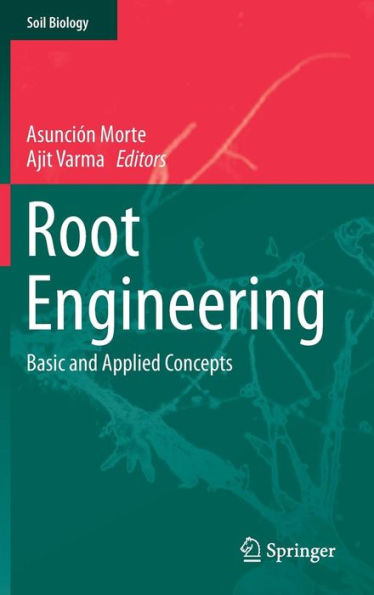Following initial chapters describing the anatomy and architecture as well as the growth and development of root systems, subsequent chapters focus on the various types of root symbiosis with bacteria and fungi in the rhizosphere. A third section covers the physiological strategies of roots, such as nitrate assimilation, aquaporins, the role of roots in plant defense responses and in response to droughts and salinity changes. The book’s final chapters discuss the prospects of applied engineering of roots, i.e., inventing new root structures or functions through genetic modification, but also with conventional breeding and manipulation of root symbionts. The budding field of root engineering is expected to promote a second green revolution.
Following initial chapters describing the anatomy and architecture as well as the growth and development of root systems, subsequent chapters focus on the various types of root symbiosis with bacteria and fungi in the rhizosphere. A third section covers the physiological strategies of roots, such as nitrate assimilation, aquaporins, the role of roots in plant defense responses and in response to droughts and salinity changes. The book’s final chapters discuss the prospects of applied engineering of roots, i.e., inventing new root structures or functions through genetic modification, but also with conventional breeding and manipulation of root symbionts. The budding field of root engineering is expected to promote a second green revolution.

Root Engineering: Basic and Applied Concepts
493
Root Engineering: Basic and Applied Concepts
493
Product Details
| ISBN-13: | 9783642542756 |
|---|---|
| Publisher: | Springer Berlin Heidelberg |
| Publication date: | 04/12/2014 |
| Series: | Soil Biology , #40 |
| Edition description: | 2014 |
| Pages: | 493 |
| Product dimensions: | 6.10(w) x 9.25(h) x 0.05(d) |
